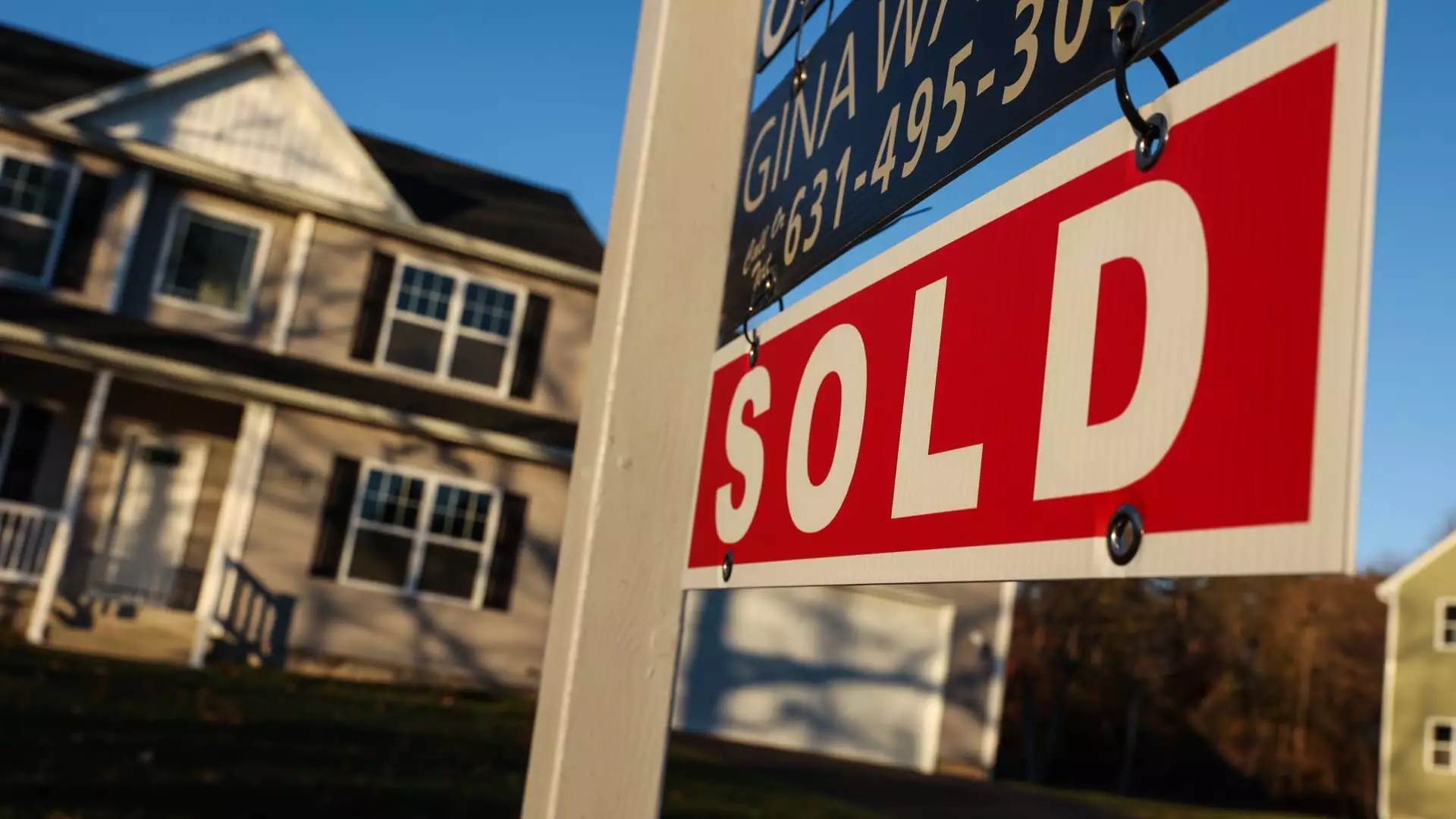In recent weeks, there has been a notable decline in mortgage rates, leading to a swift increase in mortgage demand, particularly in the refinancing sector. The anticipation of a rate cut by the Federal Reserve, which is set to be its first in four years, is playing a pivotal role in shaping market sentiments. Although mortgage rates do not directly mirror the Fed’s interest rates, they are certainly influenced by the policies and external communications from Federal Reserve officials. The comments made by Fed Chairman Jerome Powell could significantly impact the market as stakeholders analyze his remarks for insights into future trends.
Matthew Graham, the chief operating officer at Mortgage News Daily, emphasized that while lower mortgage rates may seem appealing, they are not guaranteed solely due to the Federal rate cuts. He pointed out that expectations surrounding these cuts appear to be priced into current rates, suggesting a nuanced understanding of how mortgage markets operate. As a result, volatility in the market is a palpable concern as uncertainty remains regarding the future trajectory of rates.
According to the latest figures from the Mortgage Bankers Association, there was a significant uptick in total mortgage application volume, which soared by 14.2% compared to the previous week. This surge follows adjustments for the Labor Day holiday, indicating a more pronounced rebound in activity. Notably, the average contract interest rate for 30-year fixed-rate mortgages decreased to its lowest mark since September 2022, settling at 6.15%. This decrease is a stark comparison to rates from a year ago, which were significantly higher.
The most striking increase was observed in refinancing applications, which surged by 24% from the prior week and showed an astounding 127% increase from the same week last year. This trend is predominantly driven by borrowers who purchased homes in the past two years at elevated rates. Despite this impressive uptick in refinancing activity, it is important to contextualize this growth against the backdrop of what remains a low overall base—the majority of current borrowers hold loans at rates well under 5%.
In contrast, mortgage applications for new home purchases experienced a more modest increase of 5%, although they remain just below their levels from the same period last year. Joel Kan, an economist with the Mortgage Bankers Association, noted that conventional purchase applications are now outpacing last year’s trends, suggesting a healthy level of interest in home purchases despite overall yearly declines. This dynamic offers a silver lining amid an otherwise uncertain economic environment.
Overall, the latest trends in mortgage rates and applications reveal a complex interplay between Federal policies, market expectations, and consumer behavior. As potential borrowers navigate these financial landscapes, awareness of market shifts and rate volatility remains crucial. With the Federal Reserve’s decisions in the near future, the trajectory of mortgage rates, and consequently demand, will continue to be a focal point for both homebuyers and those looking to refinance their existing loans.


Leave a Reply